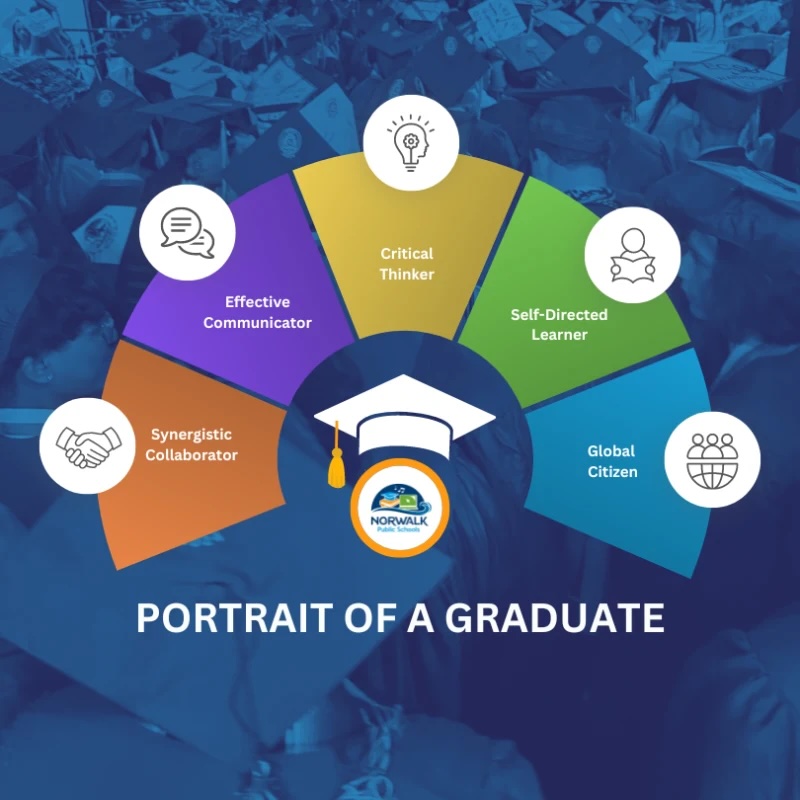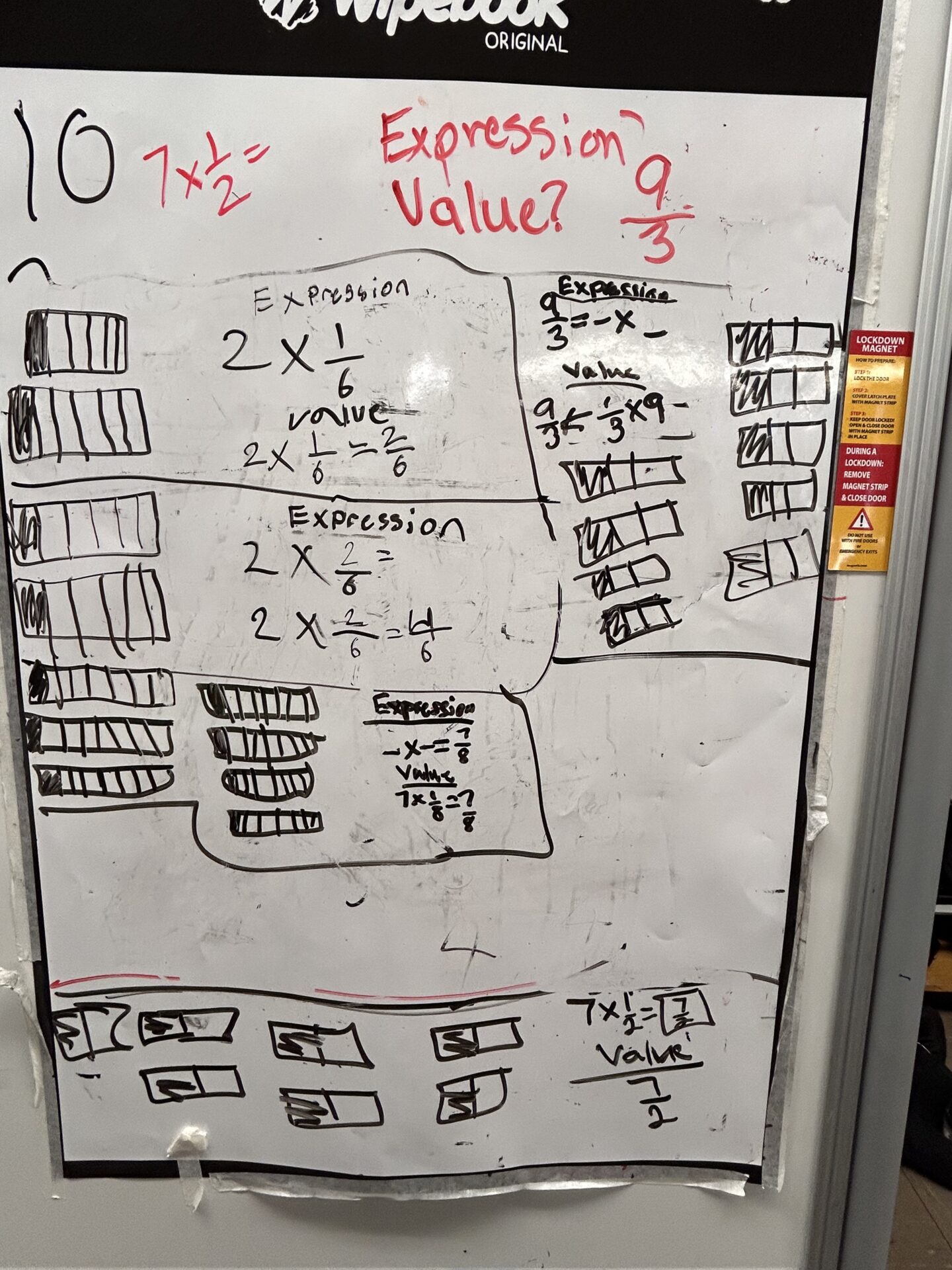
August 13, 2025 | By Dr. Kimberly Erickson and Dr. Kyle Dunbar
“The NPS Portrait of the Graduate has become more than a vision. It has sparked a powerful synergy across all of our schools, creating shared purpose, common language, and collective action that continues to energize our entire community. This first year has laid a strong foundation, and the lessons we’ve learned will guide us as we deepen our commitment to what every student in Norwalk deserves.”
Sandra Faioes, Deputy Superintendent

Our district took these steps to actualize our Portrait of a Graduate:
In collaboration with Digital Promise, our district selected critical thinking as our first competency and dedicated a full year to focus exclusively on this skill. Selecting just one competency was strategic. School districts often juggle competing priorities, and our district was no different. By choosing just one competency, we all could ensure that staff meetings, professional learning community meetings, and even school board meetings maintained clear direction. This focus also allowed us to intentionally create space for feedback and revision through staff and student focus groups and staff and family surveys to ensure that everyone had a voice in how the critical thinking roll-out was proceeding.
Critical thinking was an ideal starting point for building on existing work around developing rich student discourse, launching International Baccalaureate programs, writing new inquiry arcs in social studies, and training teachers on a math curriculum. However, we quickly realized that “critical thinking,” meant different things to different people. With support from Digital Promise, we created some essential common tools. These tools were available for teachers, coaches, and administrators so that everyone was clear on the expectations.
This included an:
While we found these tools helpful, we needed to practice using them effectively and consistently to make them meaningful. District leaders and administrators engaged in a protocol called Artifact Box. We gathered examples of students engaged in critical thinking that we saw in our schools.

Principals brought in written responses, photographs of vertical white boards, student collaborative work, and classroom thinking routines. In small groups we examined each critical thinking artifact and discussed how each artifact represented (or didn’t represent) critical thinking. This led to greater clarity around what actually constituted critical thinking and provided an evidenced-based method for our discussion around a concept that can seem nebulous. This exercise was essential to developing our shared understanding of critical thinking in practice.

We still have a lot of work to do to ensure that all students have access to instruction that fosters the competencies we’ve outlined in our Portrait of a Graduate. Our intentional work with critical thinking helped us surface that fostering rich and meaningful student discourse would build on our critical thinking work and lead naturally into launching our second competency, effective communicator. In addition, this year we are beginning to consider how we will assess our students’ growth in these competencies. Starting with one competency at a time, developing common tools, and collective meaning making has set us up for a strong start to make our Portrait a part of our teaching and learning culture.
Is your district working to move your Portrait “from a poster to regular instructional practice”?
Want to know more about how Digital Promise can support actualizing your Portrait of a Graduate? Reach out here.
By Sharin Jacob and Quinn Burke